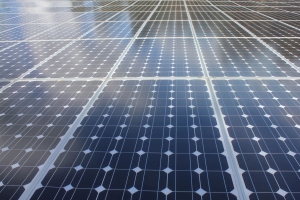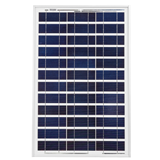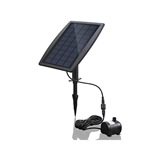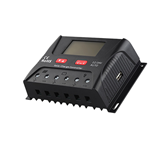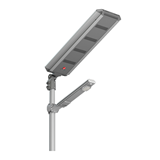Research will be undertaken into optimised configurations for a unique arrangement of solar cells that will not only provide solar electricity but also assist in heating and cooling the buildings they are fitted on.
The focus of the partnership will be the development of Building Integrated Photovoltaic Thermal (BIPVT) configurations suited to existing buildings, which aligns with retrofitting as the major focus of the University’s Sustainable Buildings Research Centre.
The BIPVT retrofit system involves refurbishment of an existing roof by adding a new roof deck above the existing roof surface. The new roof deck incorporates solar cells, and air then flows in the duct created under the new roof surface.
This air flow will not only help cool the solar cells during warm weather, improving generation efficiency, but it will also help to heat and cool the building. Warm air generated in winter is used for heating, and as heat is radiated from the cells on summer nights, cool air is then supplied to the building, increasing overall energy efficiency.
"The ultimate goal of the collaboration with BlueScope Steel and the Fraunhofer Institute is to develop design and decision-support tools to optimise the system for retrofitting to a wide range of building types and climates," Director of the Sustainable Buildings Research Centre, Professor Paul Cooper said.
"We will also be studying ways in which we can incorporate new phase-change materials to further improve the efficiency of these BIPVT systems.
"We are focussing on retrofitting because less than 2 per cent of existing building stock in Australia is replaced in any given year.
"New system configurations will not only be tested in laboratory settings but will also be demonstrated on the roof of our new Research Centre and other buildings in the Illawarra region as part of our Living Lab project to work out the best way to install the newest of technologies on older buildings," Professor Cooper said.
"The Sustainable Buildings Research Centre building, which is under construction on the Innovation Campus, is targeting net zero energy use and we will be using the BIPVT technology to help us achieve that goal."
The University of Wollongong’s Sustainable Buildings Research Centre will play a major role in the national research effort required to develop new technologies that help to reduce carbon emissions from existing homes and buildings.
The Fraunhofer Institute is one of the world’s leading renewable energy and sustainable building research organisations.

